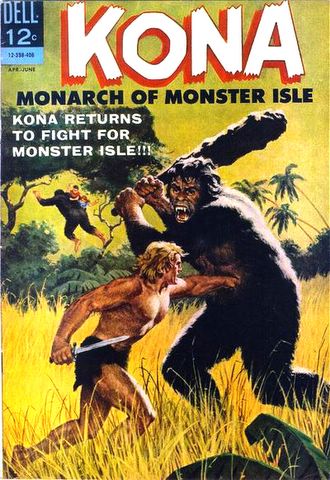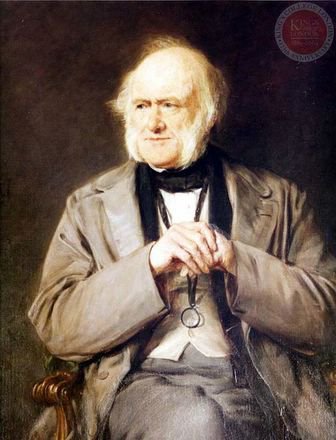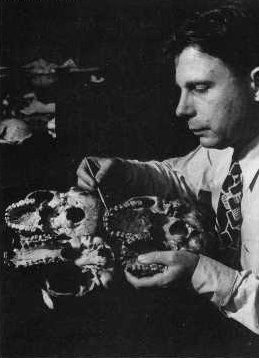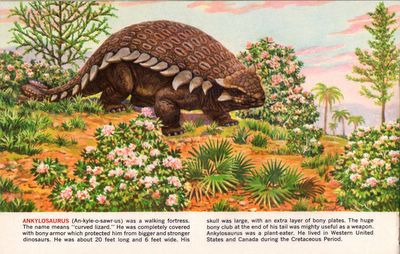Science offers new evidence that parts of the Earth’s crust that long ago dove hundreds or thousands of kilometers into the Earth’s interior have resurfaced in the hot lava flow of Hawaiian volcanoes.From the Press release:
“This concept has been a big issue in the earth sciences,” Herzberg said. While it had been proposed earlier by some geologists, the profession hasn’t embraced it because evidence until now remained sketchy. “Many geologists felt that when Earth’s crust was forced deep into the mantle, a process called subduction, it would simply stay there.”
Herzberg claims to have found telltale chemical evidence at Mauna Kea that pieces of this submerged crust have been forced up through plumes and now make up most of this volcano’s lava flow. “The low calcium in the Hawaiian magma pegs it as crust that had melted and been forced to the surface,” he said. The calcium levels in traditional magma, which comes from melting the Earth’s mantle layer below the crust, are much higher.
Which leads me to this:
Art © (hopefully) Neal Adams. The Spectre © DC Comics
Neal is still active in the biz today and runs a successful commercial art agency. He is also an amateur scientific theorist with his own views on everything from dinosaur extinction to his ‘expanding Earth theory’ (it’s been blowing up like a balloon for millennia).
I don’t have the time or the energy to do argue Adams to the ground, nor do I think it would do any good—anyone that has put this much energy into his ‘theories’ is not going to let anything like a few facts stand in his way. But, if you want to see it all for yourself click here:
Why All Of Science Is Wrong And A Comic Book Artist Is Right.
















































